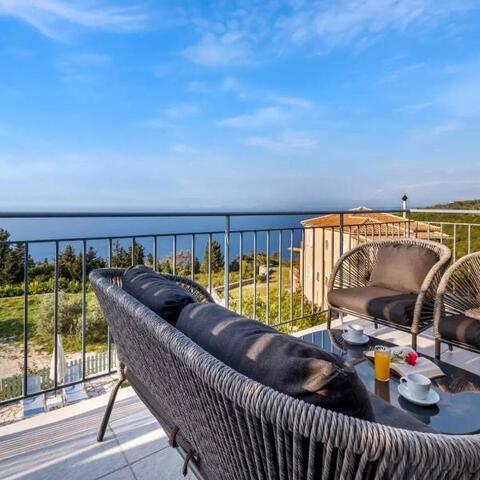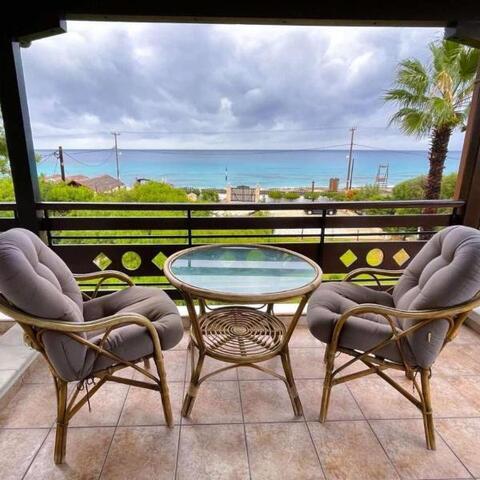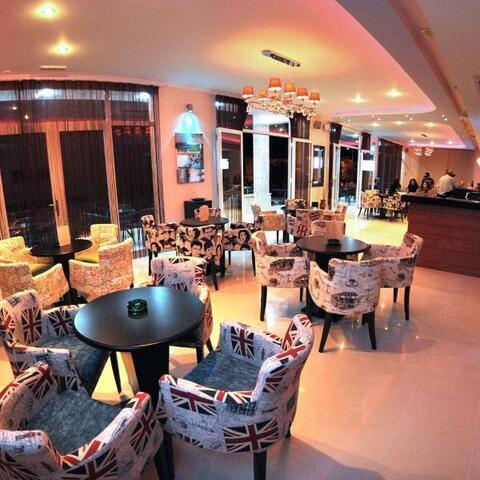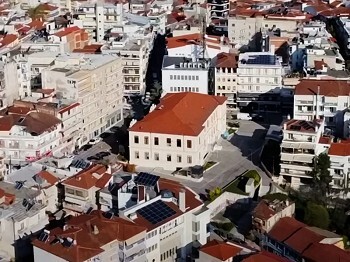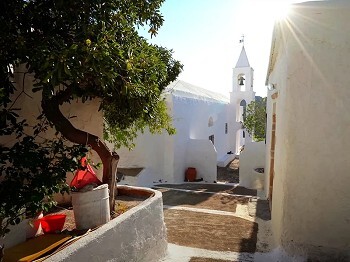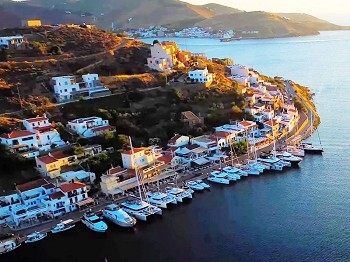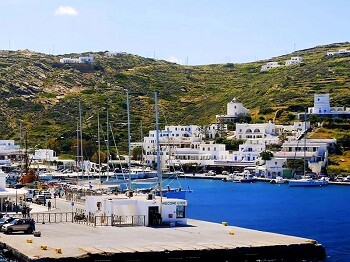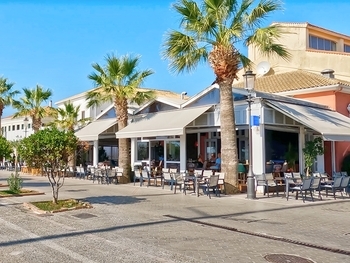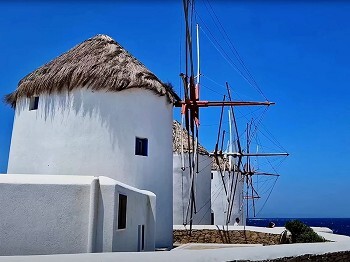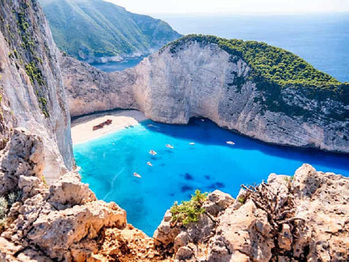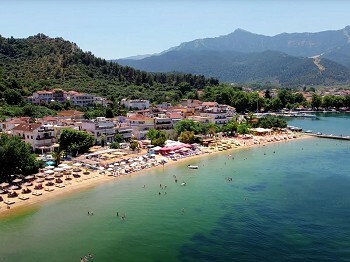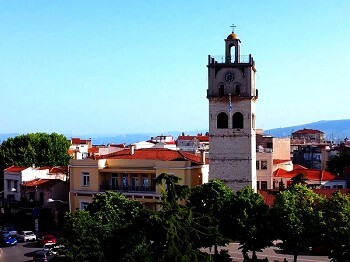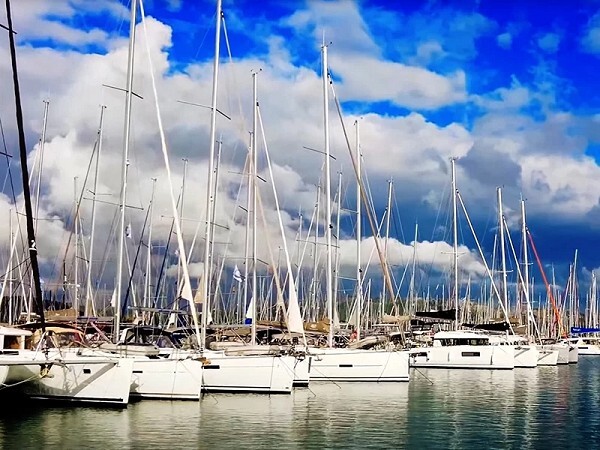
Lefkada Island, nestled in the Ionian Sea, is not only known for its stunning beaches and vibrant culture but also for its rich history. This enchanting island has a wealth of historical sites that tell tales of its past, from ancient civilizations to Venetian rule. In this blog post, we will take you on a journey through time, exploring the most significant historical sites on Lefkada Island. Whether you're a history buff or simply looking to add a cultural dimension to your vacation, these sites are sure to captivate you.
We suggest for your stay:
Still Looking for the Perfect Stay?
1. Castle of Agia Mavra: The Guardian of Lefkada
The Castle of Agia Mavra, also known as Santa Maura, is one of the most prominent historical Landmarks on Lefkada Island. Built in the 14th century by the Sicilian ruler Ioannis Orsini, the castle was initially constructed to protect the island from pirate attacks and other invaders. Over the centuries, it has seen numerous renovations and expansions, particularly during Venetian rule.
Today, visitors can explore the castle's well-preserved Ruins, which include fortified walls, Bastions, and the small chapel of Agia Mavra. The castle offers a fascinating glimpse into Lefkada's medieval history and provides stunning Views of the surrounding area.
2. The Ancient Town of Nirikos: Unearthing Lefkada's Roots
Nirikos, believed to be the ancient capital of Lefkada, Dates back to the 7th century BC. This archaeological site is located near the modern town of Kalligoni and is an essential destination for those interested in ancient history. Excavations have revealed remnants of a once-thriving town, including city walls, houses, and public buildings.
Strolling through the Ruins of Nirikos, you can imagine the daily life of its inhabitants thousands of years ago. The site also features a small museum where Artifacts from the area are displayed, providing further insight into the island's early history.
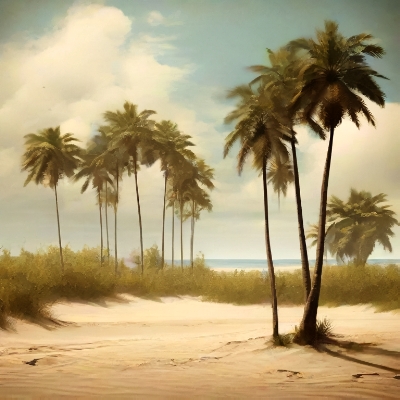
3. Monastery of Panagia Faneromeni: Spiritual and Historical Significance
The Monastery of Panagia Faneromeni, perched on a hill overlooking Lefkada Town, is a place of both religious and historical importance. Originally built in the 17th century on the Ruins of an ancient Temple dedicated to Artemis, the Monastery has been a spiritual center for the islanders for centuries.
The current building Dates back to the 19th century and houses a Collection of valuable icons and religious Artifacts. The serene surroundings and panoramic Views of the island make it a peaceful retreat for visitors. The monastery's museum offers a deeper understanding of its history and the role it has played in Lefkada's cultural Heritage.
4. The Venetian Olive Press Museum: A Glimpse into Agricultural History
Located in the village of Syvros, the Venetian Olive Press Museum is housed in a restored Olive oil press from the 18th century. This unique museum offers insight into the traditional methods of Olive oil production, which have been a crucial part of Lefkada's economy for centuries.
Visitors can see original machinery and tools used in the pressing process and learn about the history of olive cultivation on the island. The museum also hosts various cultural events and Exhibitions, making it a vibrant center for preserving and promoting Lefkada's agricultural Heritage.
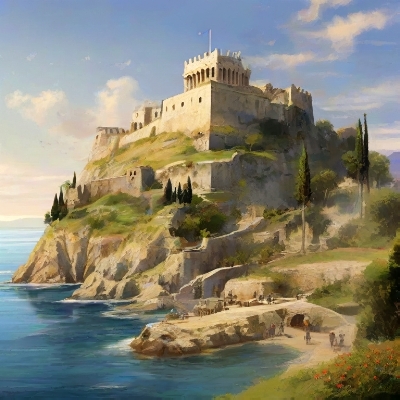
5. The Archaeological Museum of Lefkada: Treasures of the Past
Situated in Lefkada Town, The Archaeological Museum of Lefkada is a must-visit for anyone interested in the island's ancient history. The museum's Exhibits span from the Paleolithic era to Roman times, showcasing a wide array of Artifacts, including Pottery, tools, and Jewelry.
Highlights of the Collection include findings from the ancient town of Nirikos and the prehistoric settlement of Nidri. The museum provides a comprehensive overview of Lefkada's archaeological Heritage and offers valuable context for the island's historical sites.
6. The Lighthouse of Lefkatas: Navigating History and Myth
At the southernmost tip of Lefkada Island stands The Lighthouse of Lefkatas, a site steeped in history and myth. The Lighthouse is located on the ancient site of Cape Lefkatas, where, according to legend, the poet Sappho leapt to her death out of unrequited love.
The Lighthouse itself, built in 1890, has guided countless ships through the treacherous waters of the Ionian Sea. The area around the Lighthouse offers breathtaking Views of the sea and the neighboring islands, making it a popular spot for visitors. The blend of Historical significance and Natural beauty makes The Lighthouse of Lefkatas a memorable destination.
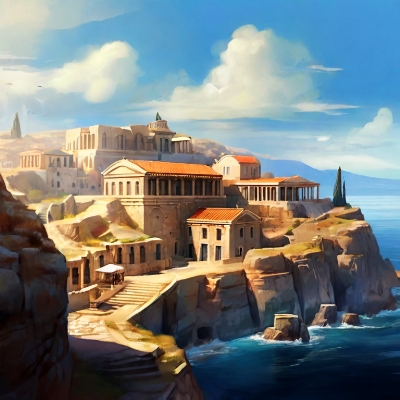
7. Karya Folklore Museum: Preserving Traditional Lefkadian Life
Nestled in the picturesque village of Karya, the Karya Folklore Museum provides a window into the traditional way of life on Lefkada Island. The museum is housed in a traditional stone building and features Exhibits on local customs, crafts, and daily life.
Visitors can see displays of traditional clothing, household items, and tools used in Agriculture and craftsmanship. The museum also highlights the art of Embroidery, for which Karya is particularly famous. Through its Exhibits, the Karya Folklore Museum preserves and celebrates the cultural Heritage of Lefkada's rural communities.
Conclusion
Lefkada Island is a treasure trove of historical sites that offer a fascinating journey through time. From ancient Ruins and medieval castles to Monasteries and museums, the island's rich history is waiting to be explored. Whether you're drawn to the stories of ancient civilizations or the charm of traditional village life, Lefkada's historical sites provide a deep and enriching Experience for every traveler. So, the next time you find yourself on this beautiful island, be sure to take a step back in time and discover the captivating history that makes Lefkada truly unique.
